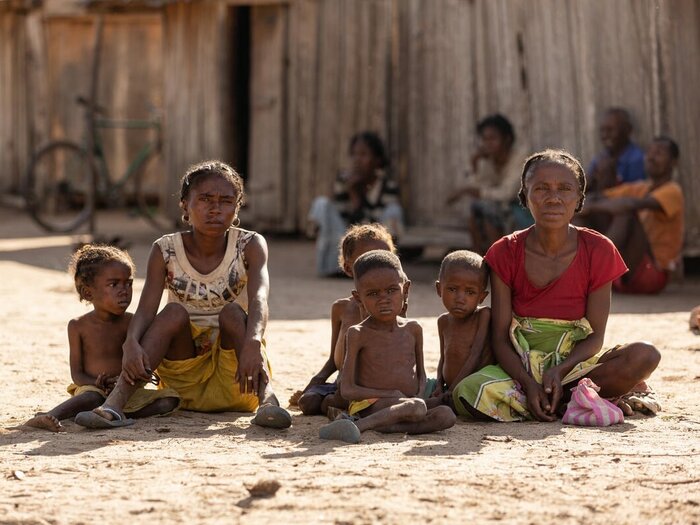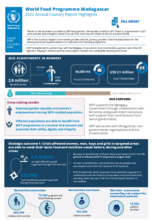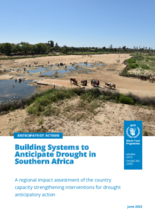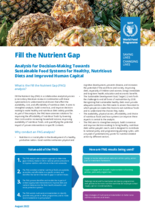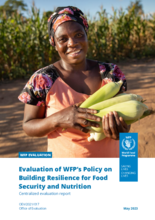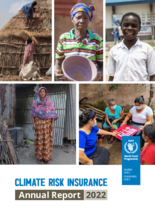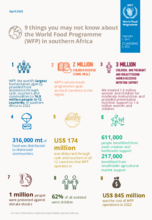Emergency
Southern Madagascar emergency
- 1.47 million
- people in need of emergency food assistance in the Grand Sur
- 309,000
- children are projected to suffer from acute malnutrition through August 2022
- US$ 56.3 million
- WFP’s funding requirement until June 2022
One of the ten countries most vulnerable to disasters worldwide and the most cyclone-exposed country in Africa, Madagascar is facing an emergency level crisis. Four years of consecutive droughts have left families in the south of the country helpless and unable to feed themselves. People have been pushed to desperate survival measures including eating 'famine food' - defined as food that is readily available at times of hunger - such as locusts, raw red cactus fruits or wild leaves.
At least 1.47 million people in Southern Madagascar need emergency food and nutrition assistance.
The World Food Programme (WFP) is working closely with the Government to ensure food security for the Malagasy people. WFP aims to scale up its response to reach 1 million people with life-saving food in Southern Madagascar and urgently needs US$ 56.3 million to do so.
What the World Food Programme is doing to respond to the Southern Madagascar emergency
-
Emergency food assistance
-
WFP aims to reach one million people with emergency food assistance in the Grand Sud region, where food insecurity levels are highest. As of May 2021, WFP has been scaling up its response and reaching 700,000 people per month through general food distributions as well as supplementary nutrition products. In 2021, WFP has provided treatment for over 111,500 children under 5 years old in six of the worst affected districts in the south.
-
Emergency preparedness
-
Integrating the food security, vulnerability and nutrition assessments of different agencies into a single process that operates from the village to the national level, WFP implements preparedness and early response actions in the country with the National Disaster Management Authority and the national institute of statistics.

